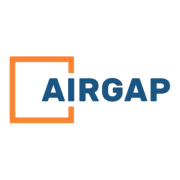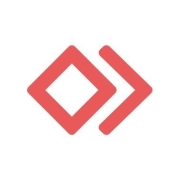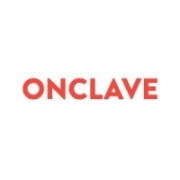Microsegmentation Software enhances security by dividing a network into smaller, isolated segments. This approach limits unauthorized access and minimizes potential damage from security breaches.
Microsegmentation Software employs advanced security measures to protect network environments by establishing secure boundaries within a network. This isolation significantly reduces the attack surface area and allows for detailed security policies tailored to specific segments. Users find it beneficial in increasing granular visibility and control over data flow, ensuring that interactions between segments comply with security protocols.
What are key features of Microsegmentation Software?Healthcare and financial industries utilize Microsegmentation Software to safeguard sensitive information by controlling data flow between departments. Retail businesses rely on it to secure customer payment information and internal communications.
Microsegmentation Software is essential for organizations seeking to bolster security measures. It provides a strategic approach to network protection, ensuring that sensitive data remains safe from cyber threats.
| Product | Market Share (%) |
|---|---|
| Illumio | 27.5% |
| Akamai Guardicore Segmentation | 24.8% |
| VMware NSX | 15.5% |
| Other | 32.2% |
























Your organization needs a microsegmentation solution to keep your operating system running smoothly with a minimal amount of threat surface. Microsegmentation will give your organization a greater level of protection by closely defining levels of access, creating protocols with regard to which devices can communicate with each other and across the various segments, increased granular controls, and varying multi-dimensional firewalling. Microsegmentation will allow for detailed, flexible security options per workload within your enterprise ecosystem. This will allow a greater level of security by creating unique security control protocols for each segmented workload and enable security to deliver an appropriate security response designed for each specific workload. Each microsegment allows for a greater level of isolation and an increased ability to visualize a threat risk immediately and create a repair solution quickly.
When beginning the process of moving to a microsegmentation solution, it is important to be vigilant and painstakingly thorough to ensure that nothing is missed in the process and to avoid any avoidable issues.
Microsegmentation Software improves network security by dividing the network into smaller segments, allowing you to apply specific security policies to each segment. This isolation minimizes the risk of lateral movement by attackers within your network. By enforcing granular security controls, Microsegmentation enables you to detect and respond to threats more efficiently, protecting sensitive data from unauthorized access.
What are the key features to look for in Microsegmentation Software?When choosing Microsegmentation Software, look for features like real-time visibility into network traffic, centralized policy management, and integration with existing security infrastructure. The ability to support dynamic environments such as cloud and hybrid networks is crucial. Automation capabilities that adapt to changes in the network topology can streamline operations while reducing manual workload.
Why is real-time monitoring important in Microsegmentation Software?Real-time monitoring is essential in Microsegmentation Software because it provides continuous insights into network activity, allowing you to identify and address anomalies swiftly. With real-time alerts, you can detect potential security incidents as they occur, enabling proactive responses. This helps maintain the integrity of segmented environments and ensures quick remediation of threats before they escalate.
Can Microsegmentation Software improve compliance with regulatory standards?Microsegmentation Software can enhance compliance by allowing you to implement strict access controls and monitoring mechanisms that align with regulatory requirements. By segmenting your network and enforcing policies around sensitive data, you can demonstrate adherence to standards like GDPR, HIPAA, and PCI DSS. Automated reporting and auditing capabilities within Microsegmentation solutions simplify the compliance management process.
How does Microsegmentation Software differ from traditional firewall solutions?Microsegmentation Software differs from traditional firewall solutions by focusing on more granular, internal segmentation rather than perimeter security. While firewalls protect the network edge, Microsegmentation restricts movement between workloads within the network. This approach provides more detailed security controls and reduces attack surfaces, meeting the demands of modern, complex network environments that traditional firewalls cannot effectively address.